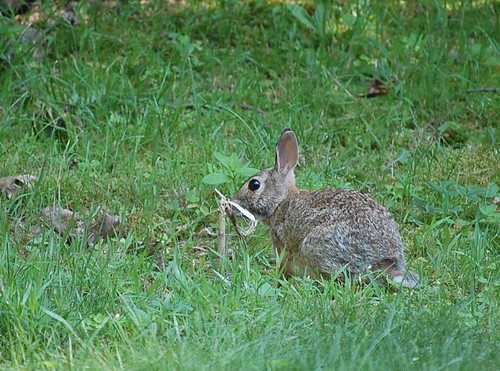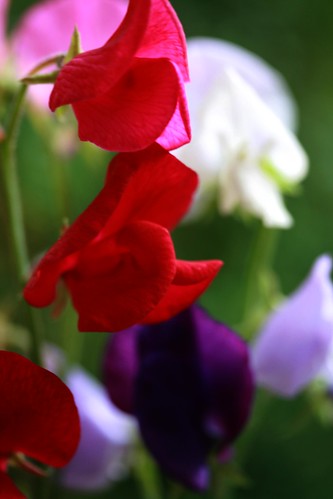Morning Fog by donsutherland1
TheGardenLady received this question from Sandy.
We have a windbreak of 11 100′ Northern spruce trees with a cedar gazebo nestled among them. The roof of the gazebo is built of cut, trimmed cedar branches. We are noticing some of these roof branches are starting to rot. Is it because of the acidic needles falling from the Northern spruce trees and collecting on the gazebo roof?
Its a misconception that cedar will not rot. There are a number of causes for the rot. The elements can wreak havoc on any roofing material. Cedar is susceptible to sun, which breaks down the lignin in wood, causing splitting, cracking and dry rot.




